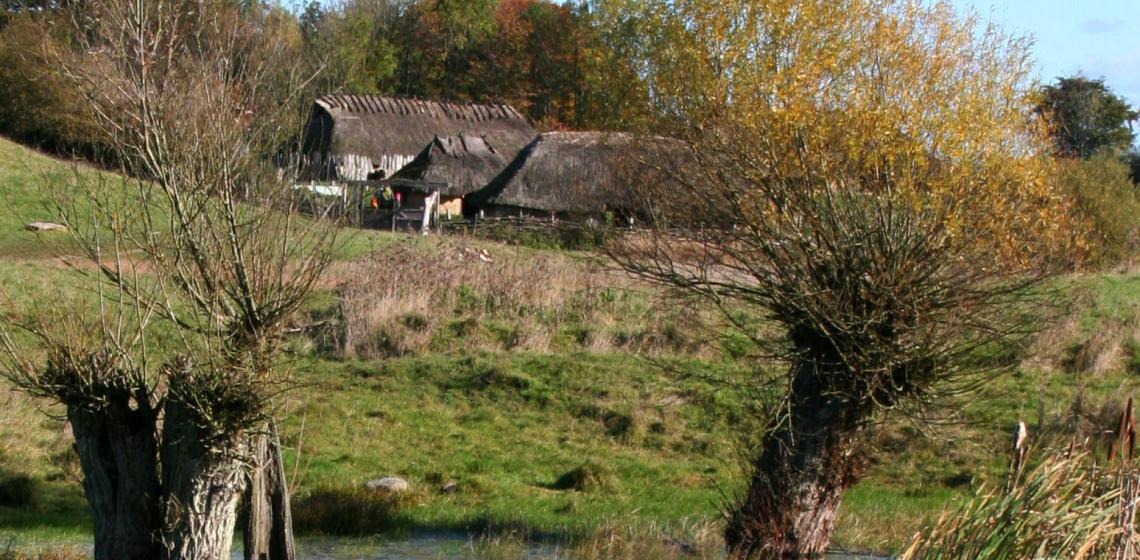
Since 1998, the course Experimental Archeology, Ethno-archeology and Simple Technology has been offered every fall semester at the University of Copenhagen. The pillars have been the same every year: 10-14 students from many different subjects, craftspeople, guest lecturers and two teachers.
The course consists of four elements:
1) Introduction to research history and theory
2) Presentation and discussion of selected case studies in lecture form, where the experimental-archaeological method and the interaction with the other disciplines are central elements
3) a series of practice experiments and technology studies as well
4) presentation, discussion and perspective of the experiments performed.
The course is offered in collaboration with the Viking Ship Museum in Roskilde and with Sagnlandet in Lejre.
The course has two main purposes: it should give the student a basic insight into the theories and methods used in Danish and international experimental archaeology - and it should enable the student to conduct an experiment himself.
The teaching is divided equally between lectures at the university followed by practical experimental work.
The students often work together in groups of two or three people and the group selects the experiment's problem and demarcation. But we have some ideas for experimentation ready as a starting point for those who want it - and always recommend that students work under one of the course's focus areas.
Guidance on meticulous planning takes a lot into the practical part of the course. Again and again, we review material selection, workflow and documentation with the individual groups, as well as obtain clear agreements for artisan lessons and set specific times for when we will be in the trial areas during the trial days.
After the practical research work is completed, all participants present their experiments orally and discuss them jointly in relation to the problem areas of experimental archeology, ethnoarchaeology and technology disciplines. They then write an experimental report which, together with the syllabus, form the basis for an oral examination.
The didactic aspect of the course is interesting. For the students - unlike the learning process at most other university courses - they do not only acquire knowledge through the intellect. Between craftspeople and students, learning is supplemented by the insight of handwork which adds to a quite different dimension from all the facets that are normally present in a scientific study. It is knowledge without words and without theory - a process in which the transmission and development of knowledge lies solely in the action.
The theoretical aspect of the course is also interesting. For the technological coupling of the method, it is clear from the literature where experimental archaeology is mentioned in connection with tool making and use and where it is argued beyond any doubt that experiments can provide new insights at the scientific level with archaeological science. The aim of this short and elementary course must therefore be that the students learn to master the repetitive arrangement, where variables can be isolated and examined on the basis of identical conditions.
Throughout the years, many have supplemented their education with a solid insight into the experimental archaeological method and with important aha experiences in simple technology that will have an impact on their further studies and future working life.
Source: H. Lyngstrøm, 2007. Eksperimental Arkæologi - i et undervisningsperspektiv, Arkæologisk Forum nr.17, november 2007, 19-23.
Photo by Krestenklit at dansk Wikipedia, CC BY-SA 2.5, https://commons.wikimedia.org/w/index.php?curid=3592406
